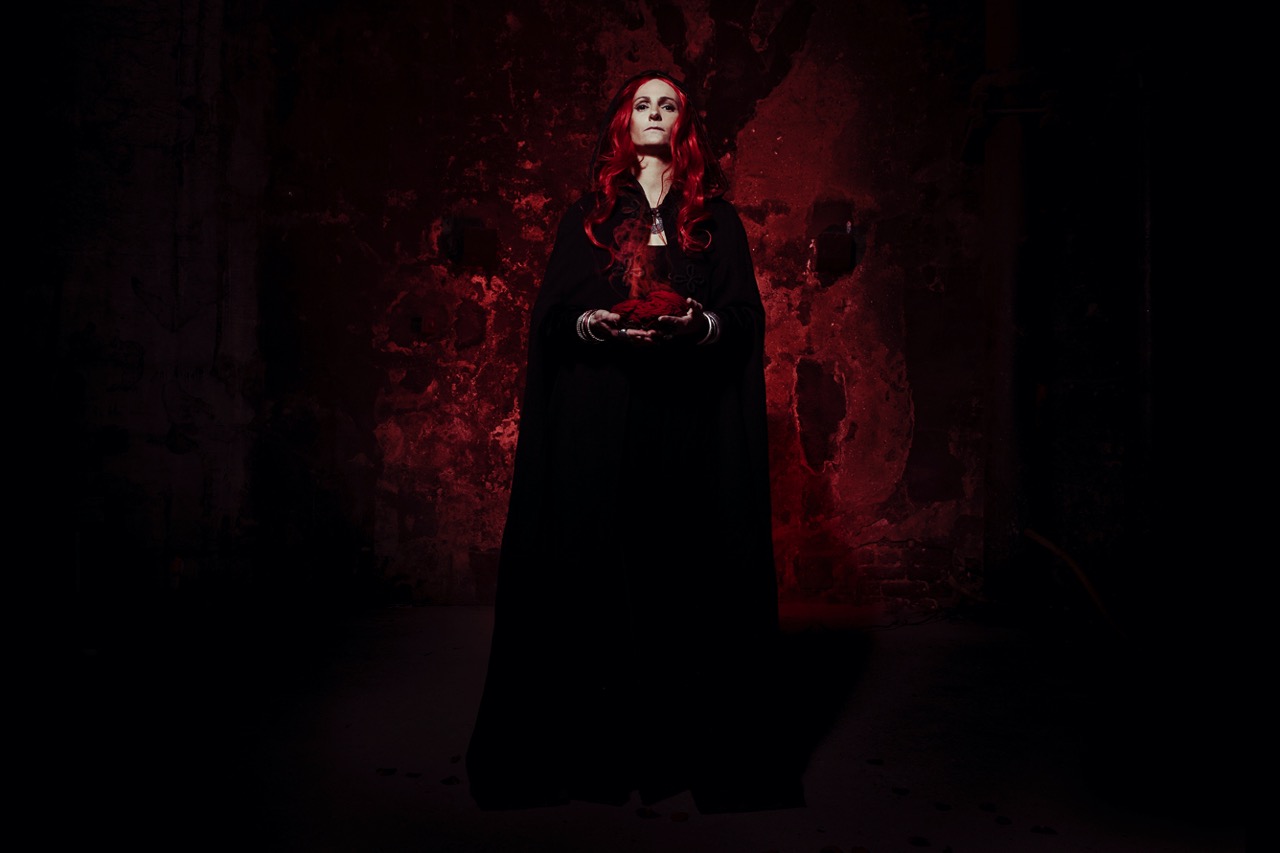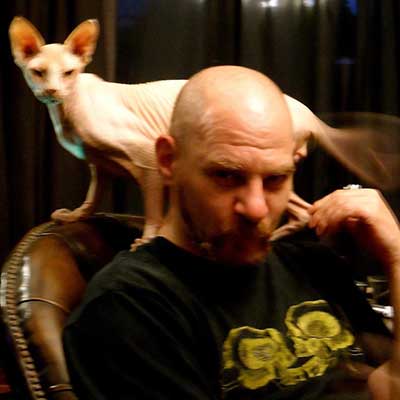Renowned metal photographer – and Metal Hammer snapper to boot – Ester Segarra observed a landmark 15 years of creating iconic images of Immortal, Watain, Ghost, Gaahl, Tom G Warrior and a host more with the release of her painstakingly curated hardback book, Ars Umbra, two years ago.
Documenting as much a personal spiritual journey as an extreme music scene steeped in vivid, occult symbolism, the creation of Ars Umbra was a huge undertaking that needed both intuition and some serious planning to complete.
For guidance, Ester Segarra looked to the heavens, in the process creating her own Cosmoplanner – as she puts it, “A calendar planner that helps you align your timing with the cosmic cycles in an everyday practical way, so you can ride the natural energy cycles and get a lot more done” – that she is now Crowdfunding for.
Given metalheads’ twin fondness for the esoteric and nerdish practicality, the Cosmoplanner could well be prove to be a guiding light for all those sworn to the dark, or whatever shade of enlightenment you happen to seek.
We spoke to Ester about how the Cosmoplanner came about, how it works, and why realigning ourselves with nature is actually pretty damn useful.
How did your interest in astrology begin, and when did it start becoming a serious pursuit?
“As a child I spent my summer nights looking at the stars and that led me into being curious about the horoscopes and the zodiac signs. For years it wasn’t much more than that. That was until I learnt about planetary magick and in particular about the Moon. I started to follow the Moon cycles for personal development and spiritual work, and from that I started to get deeper into astrology and all the planetary cycles, by reading and studying.”
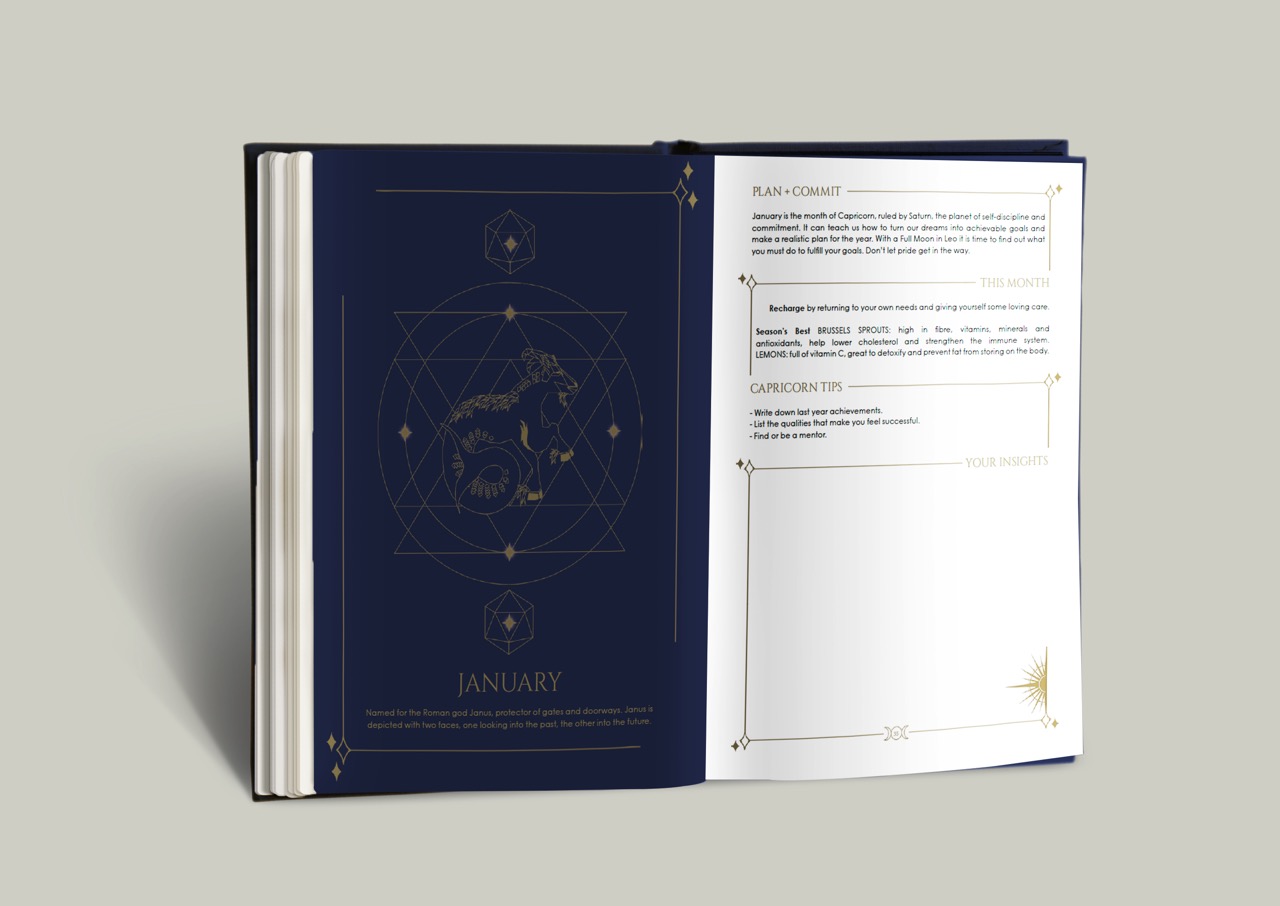
Was there any particular realisation that led you to creating the Cosmoplanner?
“Yes! It was while I was working on my website and tracking the Mercury cycle that I realised that they were aligned, so I decided to align the whole process of creating the website with the Mercury cycle and its phases, and it worked wonderfully! I then decided to align my never-ending to do list to the Moon cycle and it was amazing how easily I was able to do everything and keep track of all the different things going on in my life. So I decided to create a planner that I could use for myself and that could also help others.”
You’re best known as a metal photographer. Were there any particular insights you gained from that career which influenced the creation of the planner?
“Absolutely! The importance of planners! Or non-digital tools (away from the screen) to help me keep track of everything that a one-woman business has to deal with. From planning shoots, shooting, research, post-production, administrative tasks, personal life and making a book. It was the necessity to find balance and be able to work on different projects at once and most importantly, find a flow when working from home.”
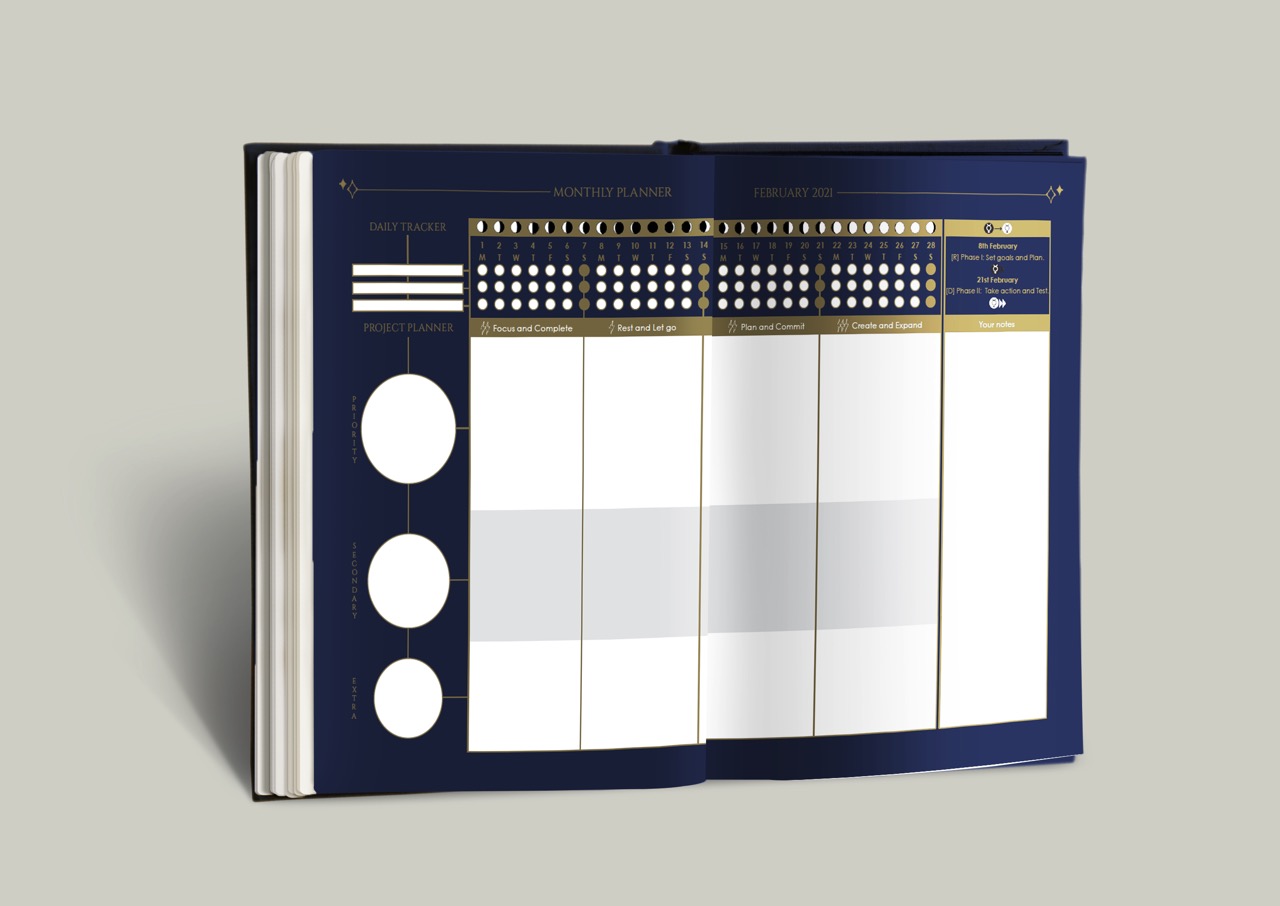
How would you explain the planner’s core purpose?
“Its core purpose is to help you work in cycles so you can get everything done at the right time instead of trying to do everything at once - using natural cycles so you can adjust your rhythm to flow with the astral energies: Mercury, ‘our thinking’, and the Moon, ‘our emotions and creativity’. To know the best time to plan, get out there and get things done and when to rest. And find your own flow through life.”
The planner deals with ‘cosmic cycles’ which might at first seem like a nebulous concept. What are the practical ways in which they influence our day to day lives?
“Cosmic or planetary cycles have been recorded and followed for thousands of years. It is since we have become so disconnected from nature that we seem to have lost that ancient wisdom. Which luckily, seems now to be finding its way back, for example, in biodynamic culture that follows the phases of the Moon. The Moon influences our emotions and creativity; we are more creative and our emotions are heightened around the Full Moon and the energy is more introverted and we are less creative around the New Moon, therefore some tasks are better suited to the days leading up to the Full Moon and some others best left for the days around the New Moon. Mercury affects our thinking and communication, travelling and technology and we hear a lot of things going wrong or delays on those departments during the part of the cycle when it is retrograde (when Mercury appears to move backwards). It is like tuning in to a radio station with a wealth of knowledge at your disposal; whether you tune in or not, the frequencies are there and they affect you. As above, so below. And as they say, knowledge is power.”
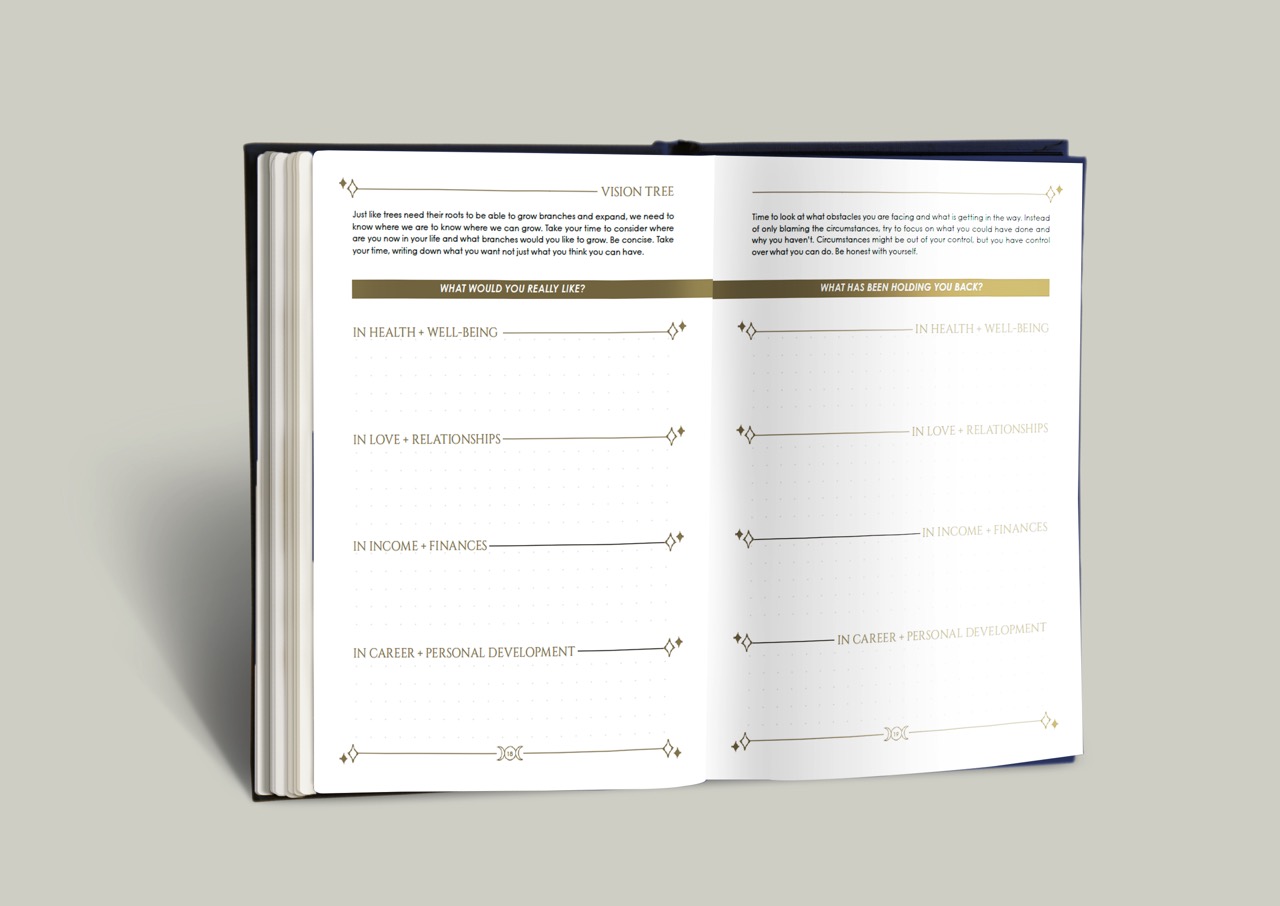
The planner also deals a lot with the cycles of the moon, a symbol that seems to have a great deal of resonance in the extreme metal world in particular (Moonspell, Moonsorrow, Secrets Of The Moon, Bererit’s Drawing Down The Moon for starters). Why is that scene so drawn to it, and why is it so significant?
“It is hard to deny the magic of the Moon! It is a portal to our unconscious, our darkness and our dream world. She is the queen of the night! She represents the cycle of death and rebirth. Much wisdom and intuition can be gained from her. These are all themes that very much resonate with the extreme metal world. I read that Nuclear Holocausto from Beherit said in an interview: “I like to plan my projects in the phases of the moon. For me there’s a natural difference between the things you process on waxing or waning gibbous.” It really is like that.”
On the back of bands such as Wardruna and Heilung, there’s also been an increasing interest in the wider metal scene with realigning ourselves with nature. Can you see any parallels between their perspective and your methodology with the planner, and were they any ancient practices that you drew inspiration from?
“Yes, totally! It is also at the core of the intention with Cosmoplanner to align us with nature and the natural cycles in your daily life, helping you to enter into a new rhythm that feels more natural and more in line with who we really are, part of nature. I drew inspiration from ancient wisdom and adjusted it for our modern needs.
“The origins of Western astrology can be found in Mesopotamia. Astrological omens were followed and catalogued by 3,000 BCE, and the visible planets were linked to a god or goddess of Mesopotamia. The planner follows the lineage of Hellenistic astrology, the primary source for modern Western astrology. Under the empire founded by Alexander the Great in 324, there was a lot of mixing of ideas and knowledge of many cultures – from Egypt, the Middle East through Asia Minor and into India. The Library Of Alexandria was built around 290 BCE and shortly after, Berossus, a Babylonian priest, moved to the Greek island of Kos and founded a school where Greek scholars learned about Babylonian culture and astrology. This blend of beliefs, philosophy and knowledge gave birth to Hellenistic astrology.”
Ester Segarra's Cosmoplanner Crowdfunding page runs until 1:54pm on September 17, so be quick.
Find out more at Ester Segarra's website
